The Ultimate Guide to Choosing a Shipping Label Printer for Your Small Business
In today’s fast-paced e-commerce landscape, efficient shipping is crucial for small businesses. Whether you run an online boutique, a handmade goods store, or a home-based craft business, shipping labels are an essential component of your daily operations. Investing in a shipping label printer can streamline this process, saving time, reducing errors, and boosting overall productivity. But with various models and features to choose from, how do you know which one is best for your business?
This blog will guide you through the process of choosing the perfect shipping label printer, explaining why it’s a worthy investment and what factors to consider before making a purchase.
Why Invest in a Shipping Label Printer?
- Time-Saving: Instead of manually writing addresses or printing them on regular paper and taping them to packages, a shipping label printer allows you to print professional-grade labels in seconds.
- Professional Appearance: Well-printed labels look professional, enhancing your brand’s credibility.
- Cost-Effective: With dedicated thermal label printers, you eliminate the need for ink or toner, which can add up over time.
- Accuracy: Integration with shipping platforms minimizes errors by allowing automatic data entry, reducing the chances of shipping packages to the wrong address.
Types of Shipping Label Printers
There are two primary types of shipping label printers: thermal printers and inkjet/laser printers. Each has its advantages, but for small businesses that ship frequently, thermal printers are often the best choice.
1. Thermal Printers
Thermal label printers use heat-sensitive paper to create the label, meaning no ink or toner is required. They’re known for their speed, efficiency, and cost savings, particularly for businesses with moderate to high shipping volumes.
Pros:
- No ink or toner required.
- Fast and efficient.
- Long-lasting labels.
Cons:
- Limited to black-and-white printing (though some high-end models offer color thermal printing).
2. Inkjet/Laser Printers
While you can use a regular inkjet or laser printer for shipping labels or A4 sticker labels, this often involves purchasing specialized sticky label sheets, and using ink or toner can become costly in the long run.
Pros:
- Can print in color.
- Versatile for other printing needs.
Cons:
- Requires ink or toner.
- Slower and more expensive for high-volume printing.
Best Shipping Label Printer for Small Business (Thermal Printer)
TSC Te244 Desktop Thermal Transfer Barcode Label Printer

Zebra ZD230t Thermal Transfer Desktop Printer for Labels 4×6
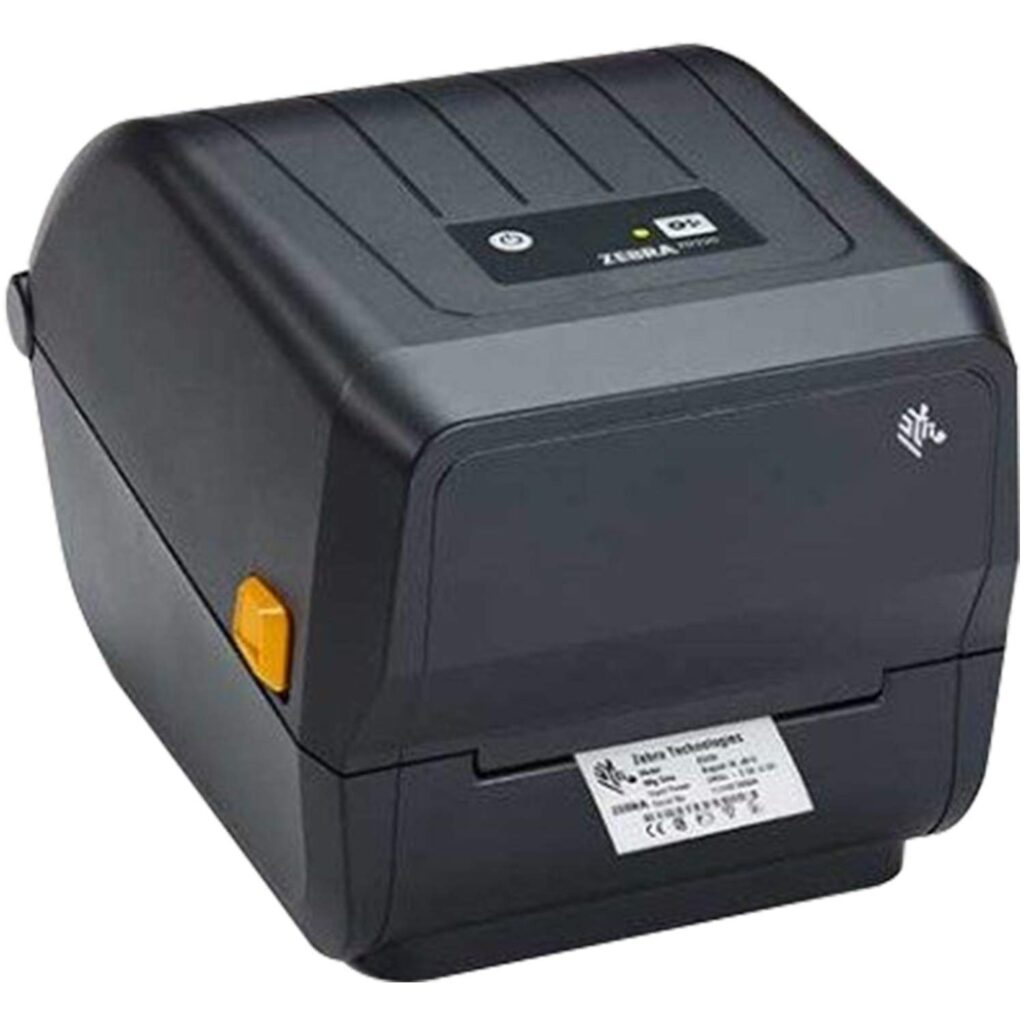
TVS ELECTRONICS LP 46 Dlite 4” Inches Thermal Label Printer
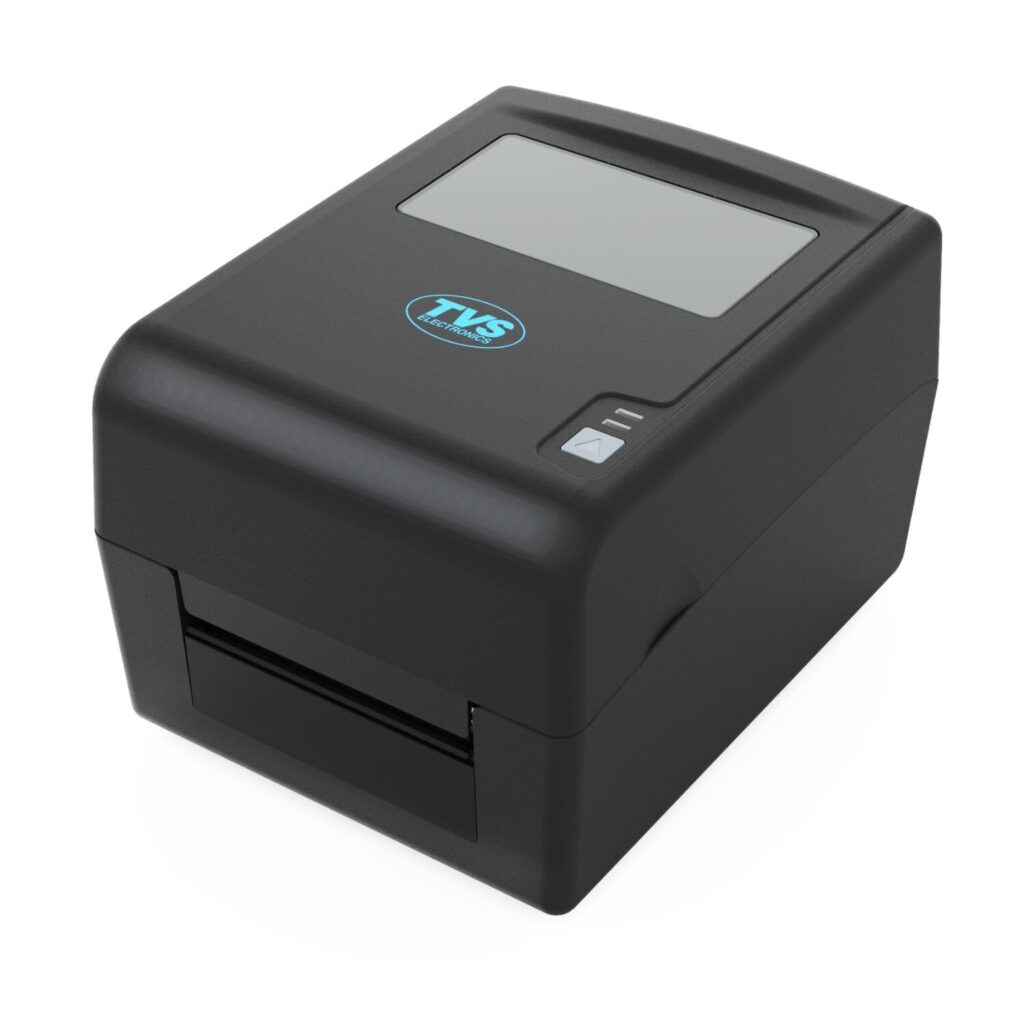
iDPRT Thermal Label Printer, Shipping Label Printer, 4×6 Label Printer for Small Business
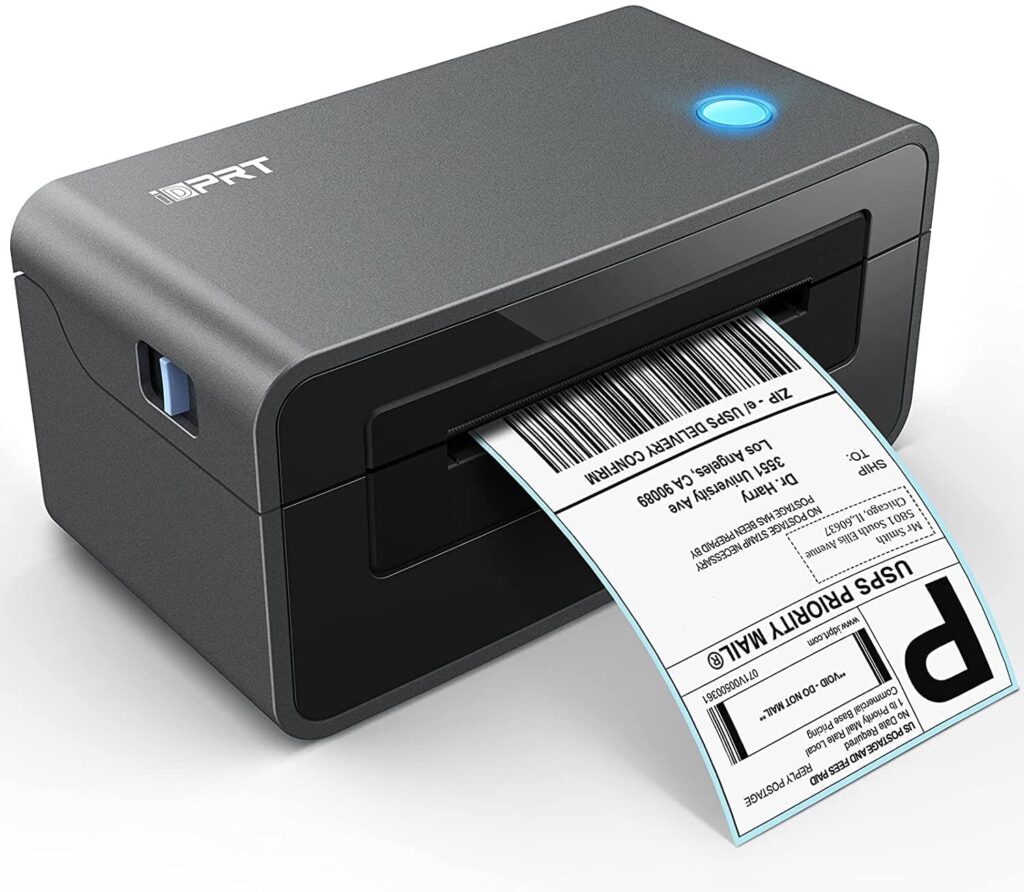
Helett® H30C USB Direct 4×6″ Shipping Label Printer
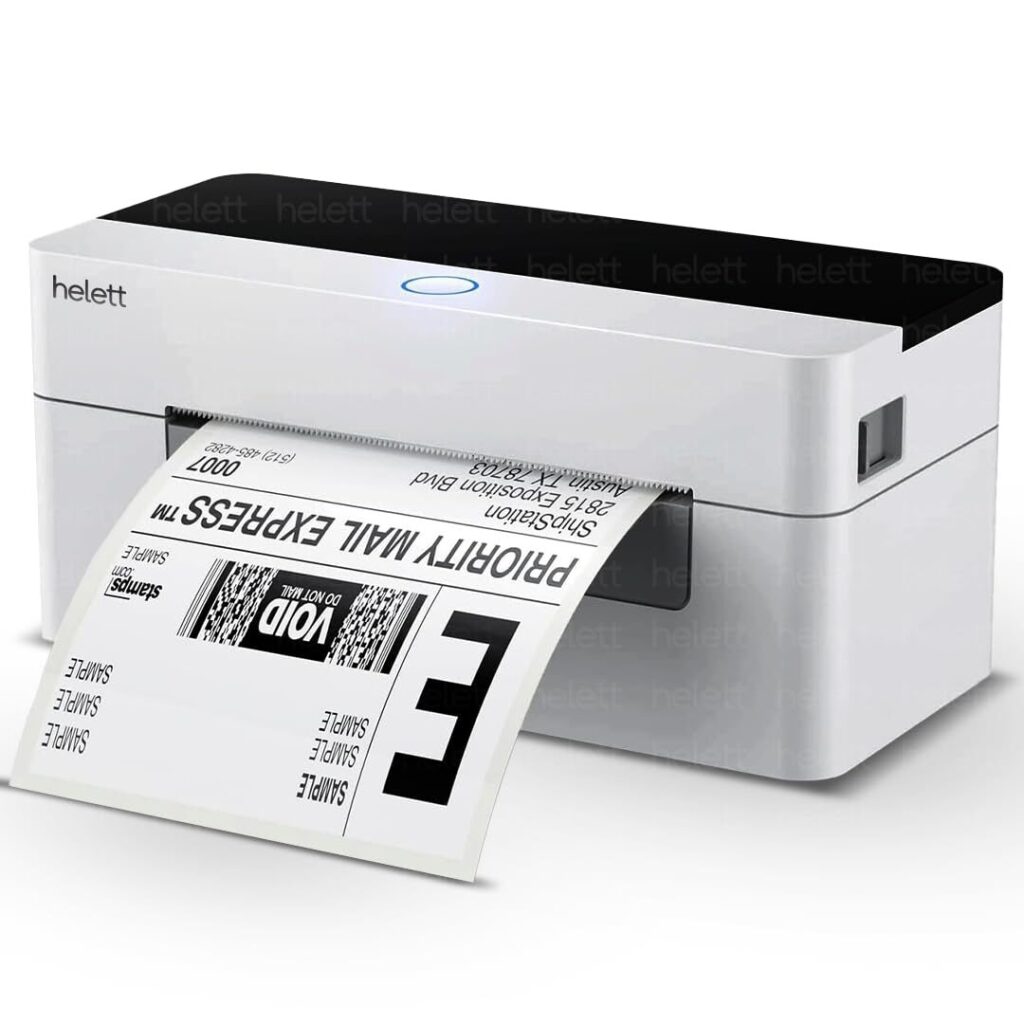
TSC Da 310 Desktop Direct Thermal Transfer Barcode Shipping Label
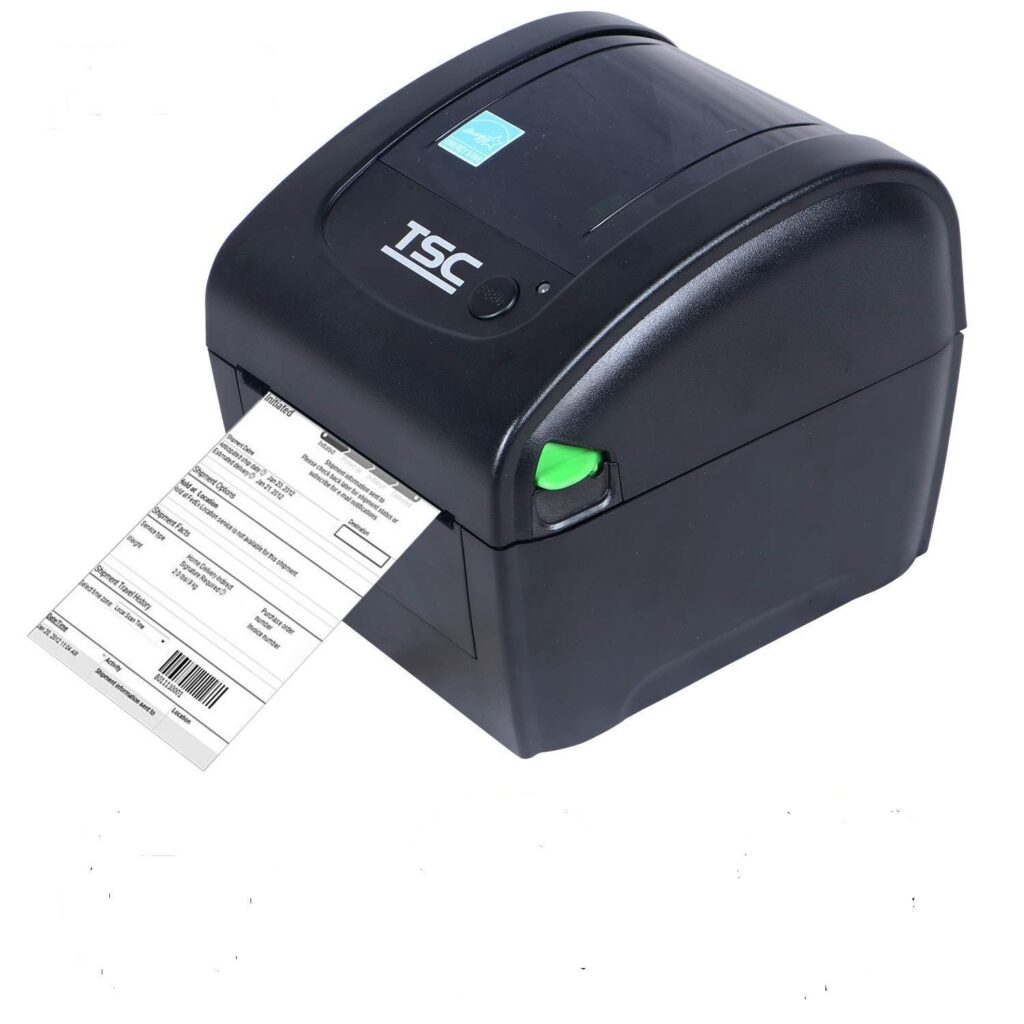
LENVII Direct Thermal Label Printer,4×6 Shipping Label Printer for Small Busines
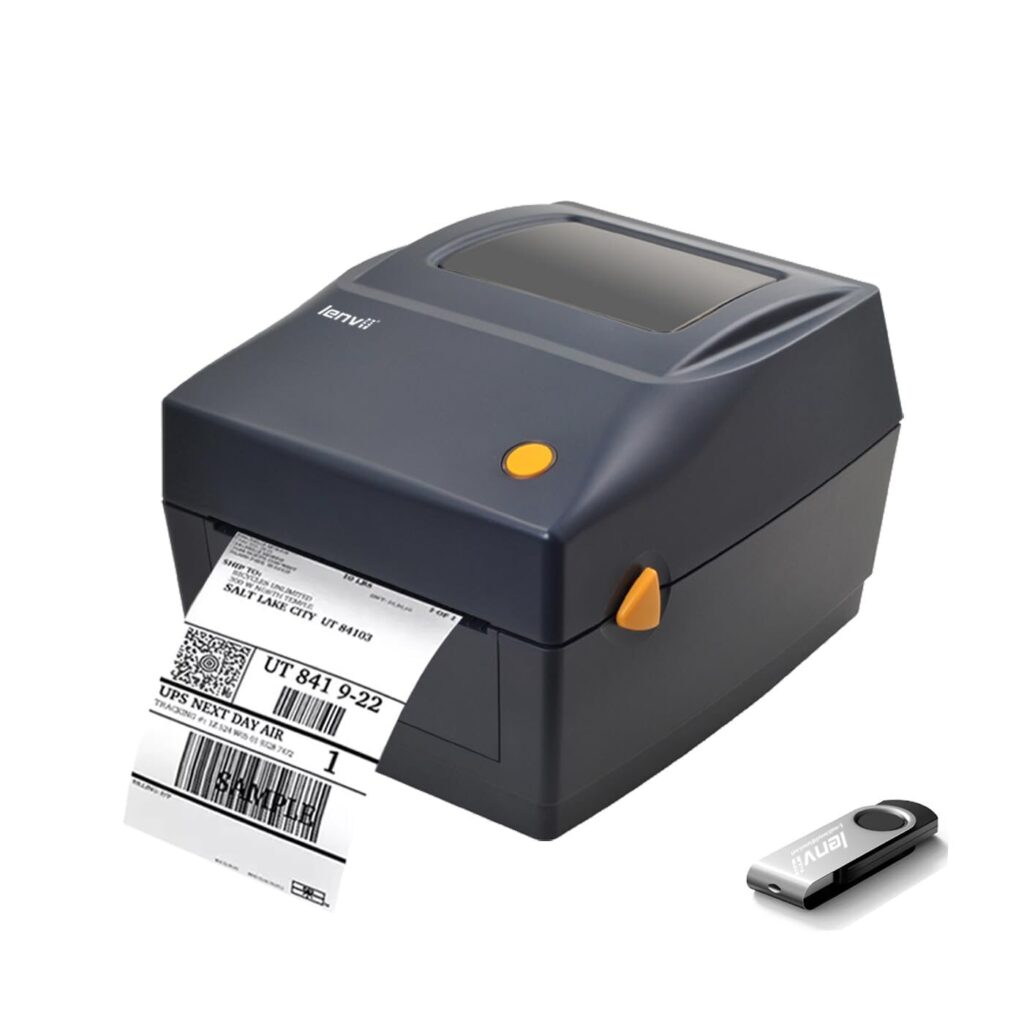
Key Factors to Consider When Choosing a Shipping Label Printer
Before purchasing a shipping label printer, consider the following factors to ensure you choose a model that best fits your business needs:
1. Print Speed
The print speed determines how quickly you can print labels, which is essential if you ship high volumes of packages daily. Most thermal printers offer fast printing speeds (around 4-6 inches per second), which can help streamline your workflow.
2. Label Size
Different carriers have specific requirements for label size. Most shipping platforms like USPS, UPS, and FedEx require a 4” x 6” label size, which is standard for most shipping label printers. Ensure the printer you select can handle the correct label dimensions for your shipping needs.
3. Compatibility
Check whether the printer is compatible with your preferred shipping platforms or software. Popular platforms like Shopify, Etsy, Amazon, and eBay often have integrations with specific printers, which can save time and reduce manual errors.
4. Ease of Use
Look for a user-friendly printer with easy-to-load labels and minimal setup. Some printers offer Wi-Fi or Bluetooth connectivity, which makes it easier to print labels directly from mobile devices or laptops without the need for cables.
5. Durability and Longevity
A robust, durable printer can handle the wear and tear of frequent use, making it a long-term investment for your business. Research reviews to ensure the model you’re considering is built to last.
6. Cost and Supplies
While thermal printers don’t require ink, you’ll still need to purchase thermal labels. Factor in the cost of supplies when budgeting for your shipping label printer. Some printers have proprietary label requirements, while others allow third-party label options, which can help lower costs.
Conclusion
For small businesses, investing in a dedicated shipping label printer can significantly improve your shipping process, boost productivity, and enhance professionalism. When choosing a printer, consider your shipping volume, label size, and software compatibility to find the best fit for your needs. Whether you ship 10 packages a day or 200, the right label printer will help streamline your business and free up valuable time to focus on growth.






